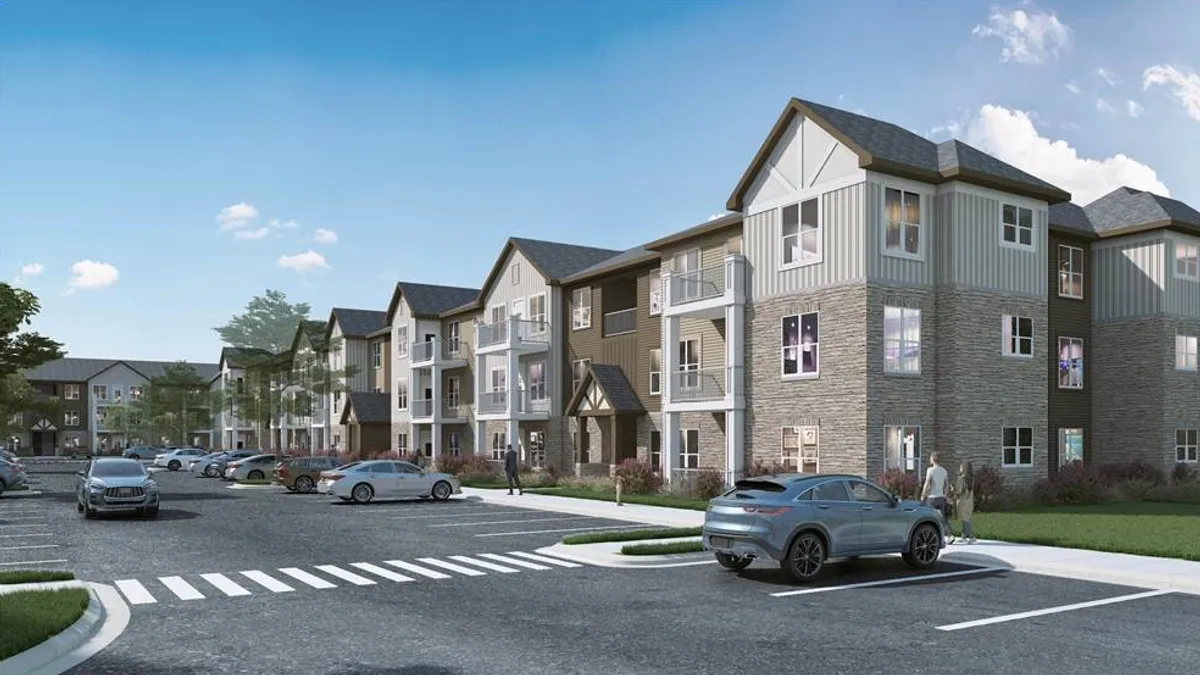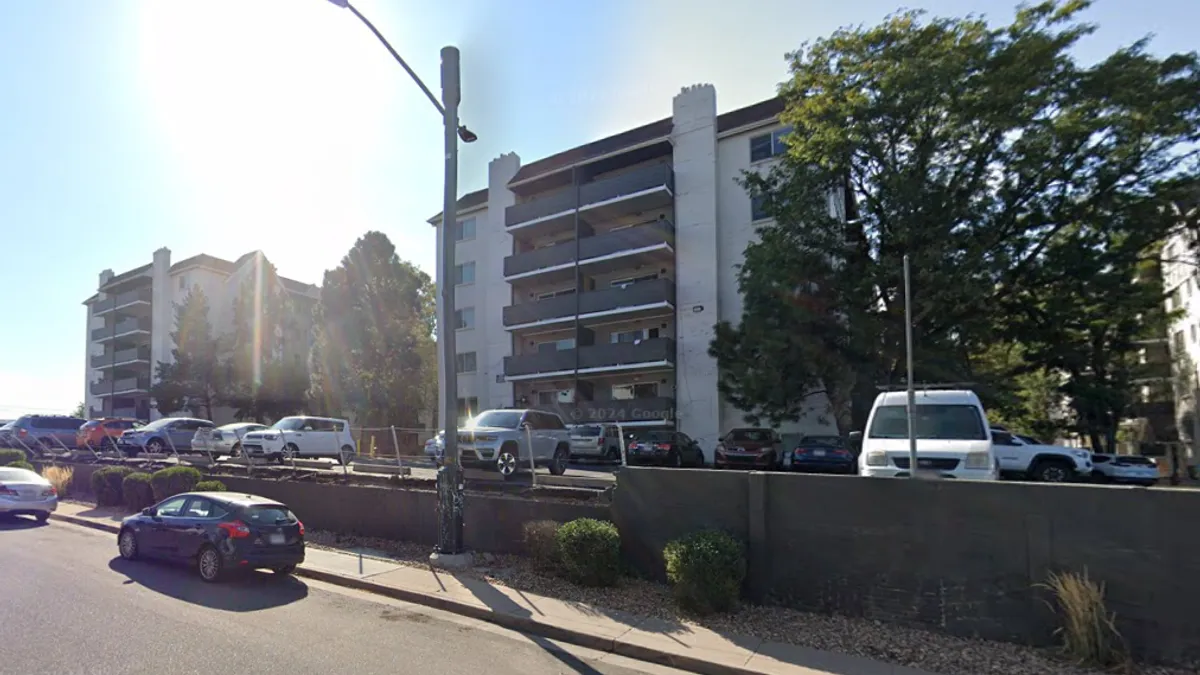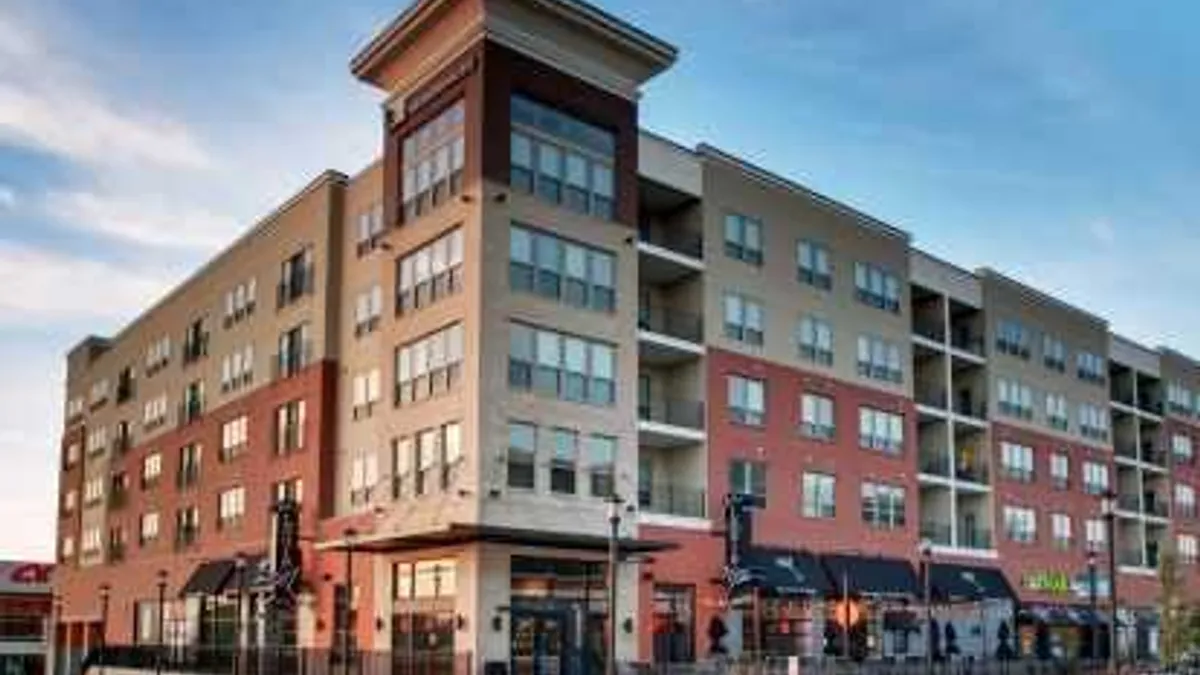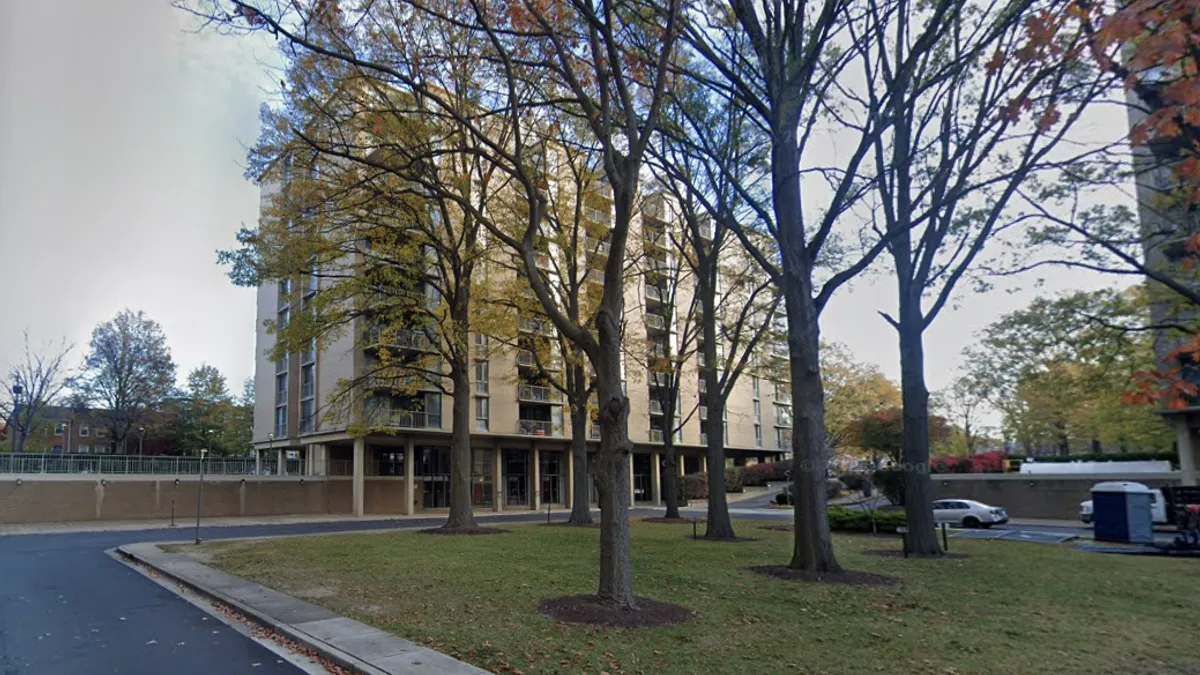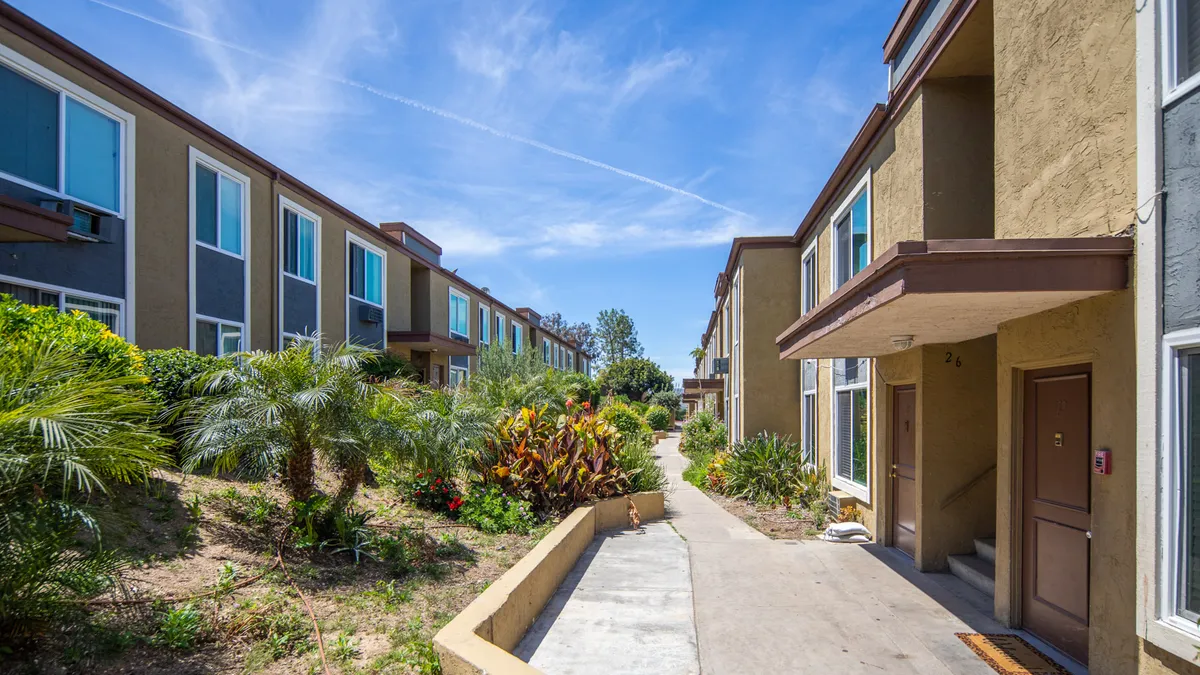When Investors Management Group decides which under-the-radar markets it is going to invest in, the apartment owner considers a number of factors. But one thing stands out.
“When we source our acquisitions, we are looking at affordability, which means that we are looking for properties in areas where the [rent-to-income] ratio is maybe 25% to 28% that you would be spending on housing,” said Karlin Conklin, principal and co-president of Los Angeles-based IMG.
By looking at markets with lower rent-to-income ratios, IMG feels comfortable raising rents. “As inflation has gone up and we've been able to raise the rents, it still is a smaller percentage of what their household is spending,” Conklin said. “[The rent] is still achievable.”
But as rents skyrocketed around the country in 2021 and for most of 2022, many metros that once seemed affordable were seeing more Americans devoting more than 30% of their income to housing. If a family is spending more than that amount on housing, the Department of Housing and Urban Development considers them to be “cost burdened.”
“There are definitely places in America where people are paying 30% to 40% of their income for rent,” said Ric Campo, CEO of Houston-based apartment REIT Camden. “I think that, unfortunately, it tends to be people in the low-income areas.”
But that is only the tip of the iceberg. In a 2018 report, the Harvard Joint Center for Housing Studies said that nearly half of all renters were cost-burdened. In an analysis of 2018 data, Harvard said that one out of every four renters, roughly 10.9 million overall, spent half of their income on housing.
But that was before COVID-19 upended the American economy and housing market. In May, Realtor.com reported that rents jumped 26.6% since 2019, marking the 15th month in a row they hit a new record. Although there has been some cooling since then, housing affordability is much more tenuous today than it was in 2019.
A growing concern
Dwight Dunton, founder and CEO of Alexandria, Virginia-based Bonaventure, which has a large presence in its home state, has seen a roller coaster in rent-to-income ratios over the last couple of years.
Early in the pandemic, residents “had a lot more income available to them from a variety of different sources,” Dunton said. “The affordability of our apartments became greater — meaning that people were making more money relative to the rent.”
But then things switched in 2021. “Probably 12 months ago, we saw it finally creep back to pre-pandemic levels,” Dunton said. “Since then, affordability has decreased somewhat as compared to pre-pandemic levels but it's still within a band that indicates to us that there is a lot of buying power out there. Our customers can afford our rents, but they are slightly less affordable as compared to pre-pandemic levels.”

Scottsdale, Arizona-based manager Mark-Taylor Residential focuses on Class A rentals. Company president John Carlson said those residents are more likely to afford rent hikes and sit below rent-to-income thresholds, in the hot Phoenix market.
But rent-to-income levels are still below 30% in Phoenix — sitting at 28%, according to Carlson. “When you consider major metropolitan cities, say, the top 30 across the country, we're still very affordable in that respect,” he said.
But Carlson wonders if that dynamic could change over time with more people moving into the area. “As our in-migration continues to remain high or spike, are we bringing in much bigger wallets to Phoenix, which is affecting the existing renters from Phoenix?,” Carlson said.
The most expensive cities to live in (assuming a 28% rent-to-income ratio)
| City | Avg. 2 BR Rent | Income Needed |
| San Francisco | $3,989 | $170,961 |
| New York City | $3,811 | $163,325 |
| Los Angeles | $3,101 | $132,882 |
| Boston | $3,073 | $131,679 |
| Washington, DC | $3,048 | $130,607 |
| San Jose | $3,032 | $129,932 |
| San Diego | $2,993 | $128,264 |
| Seattle | $2,604 | $111,611 |
| Denver | $2,279 | $97,661 |
| Chicago | $2,002 | $85,818 |
SOURCE: SmartAsset
Many apartment managers would prefer their residents’ rent-to-income ratios not get too high. When that happens, they have a choice. They can adjust their criteria and lease to people who have salaries equal to 35% to even 40% of their rent payment. But often the outcomes can be bad — for both the property and the renter.
“Delinquencies go up and your bad debt goes up” if operators get more lenient on rent-to-income ratios, according to Stuart Zook, chief investment officer for Miami-based Monument Capital Management.
The hottest markets see the most strain
Although a lot of Sun Belt markets saw rents skyrocket in 2021 and 2022, South and Central Florida may have been the leaders. Though there has been some slowing, earlier this year Realtor.com said that Miami-Fort Lauderdale, Orlando and Tampa-St. Petersburg were the only place in the nation with rent growth of more than 30%.
To Jay Jacobson, the founder of Miami-based developer Eden Multifamily, which has 1,130 units under development throughout Central and South Florida, prospects’ budgets are being stretched even further.
“We’re seeing people coming into our leasing centers and we know it’s up to 40% or 45%,” Jacobson said earlier this year. “Some people stretch above that. It means they put off other major purchases. They’re not buying or leasing a car as often as they’d like to.”
Renters will also adjust when they’re more squeezed, like moving in with roommates, according to Jacobson. “The folks [that were] renting an expensive one-bedroom will get a roommate and get a two-bedroom,” he said. “The split of rent will cost a little bit less. You just make different choices.”

But for lower-income families, the situation is more dire. For them, the decision isn’t whether to buy or lease a new car. It’s whether they can afford to pay for health insurance or clothes for their children. When rent-to-income gets too high, they have to cut out the essentials.
“These necessities typically include food, transportation, health care, child care and taxes, and may also include other incidentals and savings,” according to Harvard’s JCHS report. “A household that does not have enough to pay for these necessities after paying for housing is considered to be suffering from ‘shelter poverty’ — that is, poverty induced by the high level of housing expenditures.”
Click here to sign up to receive multifamily and apartment news like this article in your inbox every weekday.







